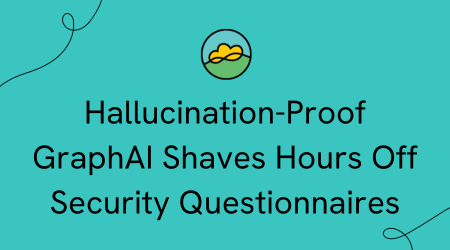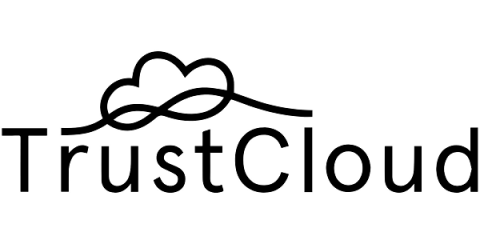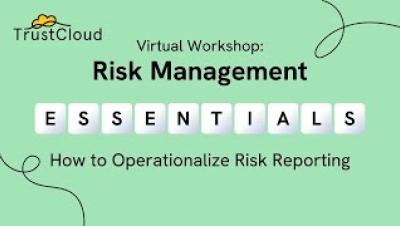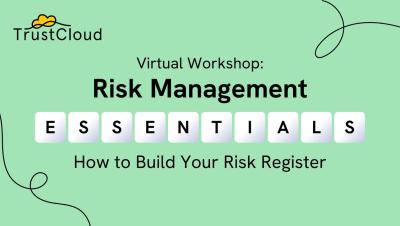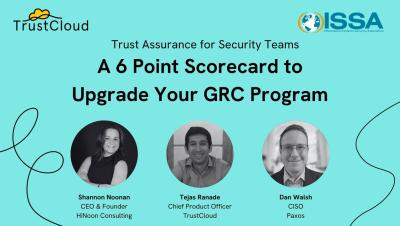TrustCloud's New Hallucination-Proof GraphAI Shaves Hours Off Security Questionnaires
TrustCloud’s AI already pre-fills up to 80% of a security questionnaire, but we’ve developed the next iteration. TrustShare has built new generative AI capabilities called GraphAI. GraphAI will still find the right answer for a security questionnaire topic, but now it will better account for context and generate more natural, accurate responses based on your program controls. GraphAI is built on a retrieval-augmented generative (RAG) model on our large language model (LLM).


